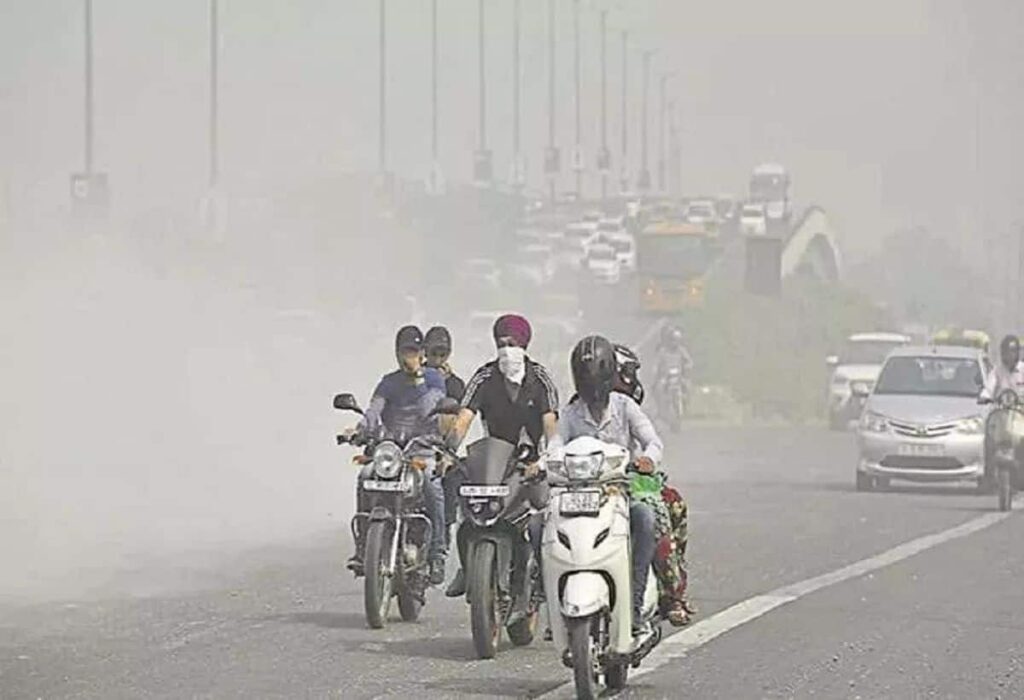Introduction
Delhi, the capital city of India, is grappling with severe air pollution, which has reached alarming levels recently. The presence of a thick blanket of smog has been observed across the city, particularly in areas like Anand Vihar, where air quality has deteriorated dramatically. This article explores the current state of air pollution in Delhi, its health implications, and measures that can be taken to combat this growing issue.
Current Air Quality Situation
The air quality index (AQI) in several parts of Delhi has been recorded in the ‘severe’ category, specifically surpassing the critical level of 300. Areas such as Anand Vihar and Sarita Vihar are among the most affected, leading to serious health concerns for local residents.
Air Quality Index Explained
| AQI Category | AQI Range | Health Implications |
|---|---|---|
| Good | 0-50 | No health implications |
| Moderate | 51-100 | Minor health implications for a very small number of people |
| Unhealthy for Sensitive Groups | 101-150 | Health effects for sensitive groups, e.g., those with respiratory issues |
| Unhealthy | 151-200 | Everyone may experience health effects; members of sensitive groups may experience more serious health effects |
| Very Unhealthy | 201-300 | Health alert; everyone may experience more serious health effects |
| Hazardous | 301-500 | Health warnings of emergency conditions |
Impact on Residents
Residents in the affected areas have reported experiencing eye irritation, coughing, and other respiratory issues due to the polluted air. Prolonged exposure to such hazardous air quality can lead to serious health complications, including lung disease, heart disease, and other chronic illnesses.
Government Response and Public Measures
In response to the worsening air quality, the government has implemented measures such as imposing restrictions on construction activities, vehicle usage, and promoting public transportation. However, more robust actions are needed to address the root causes of pollution, including stricter regulations on industrial emissions and vehicle pollution.
What Can Individuals Do?
Individuals can play a significant role in reducing pollution levels. Some effective measures include:
- Utilizing Public Transport: Opting for buses, metros, or carpooling can significantly lower the number of vehicles on the road.
- Planting Trees: Trees can help absorb pollutants and improve air quality.
- Wearing Masks: Using N95 masks can protect against inhaling harmful particles in polluted air.
Conclusion
The air pollution crisis in Delhi is a pressing concern that requires immediate collective action from both the government and citizens. Understanding the current air quality status, its implications, and the steps we can take is crucial for ensuring a healthier environment. As individuals and communities come together to address this issue, we can hope for cleaner air and better public health in the future.
